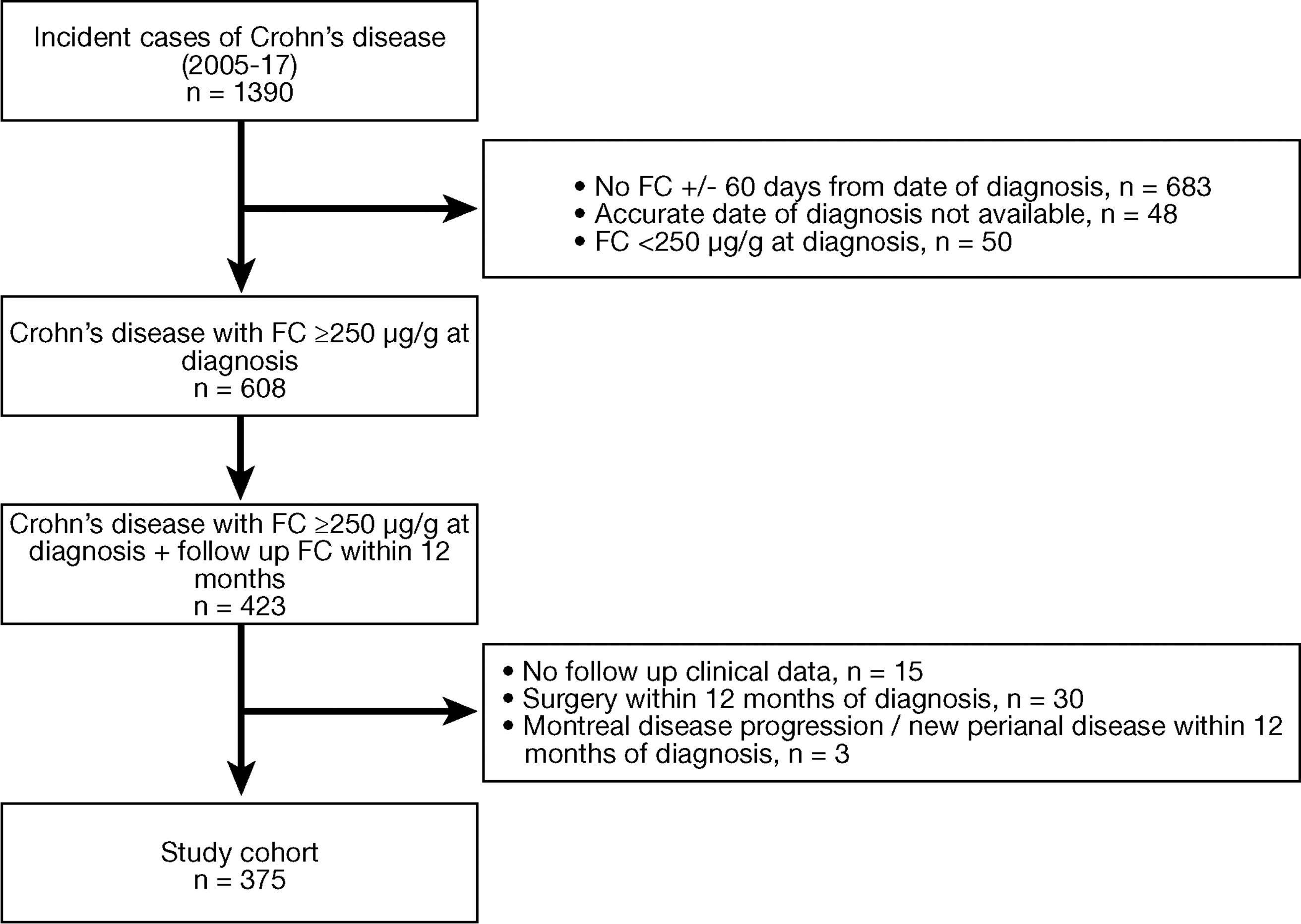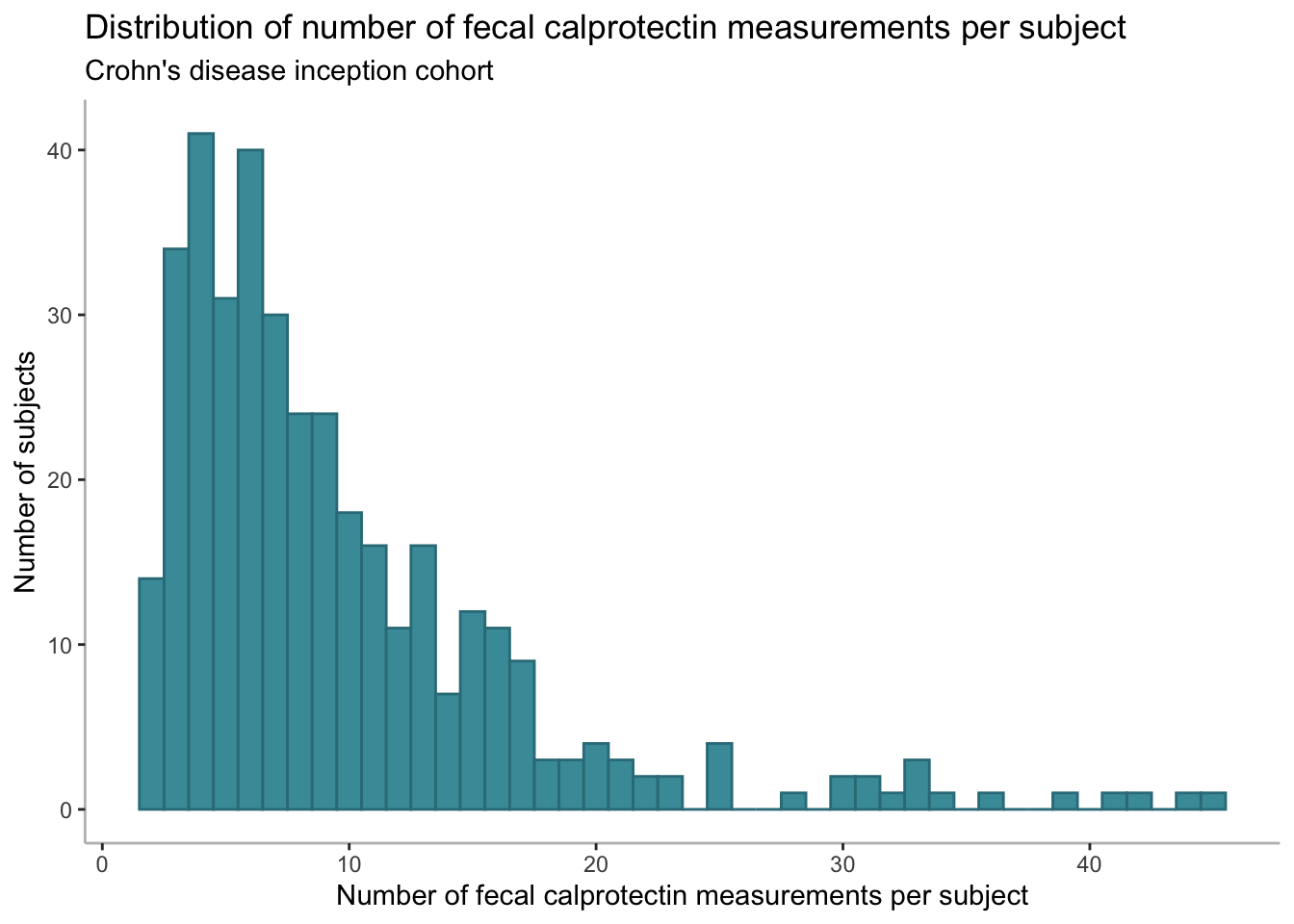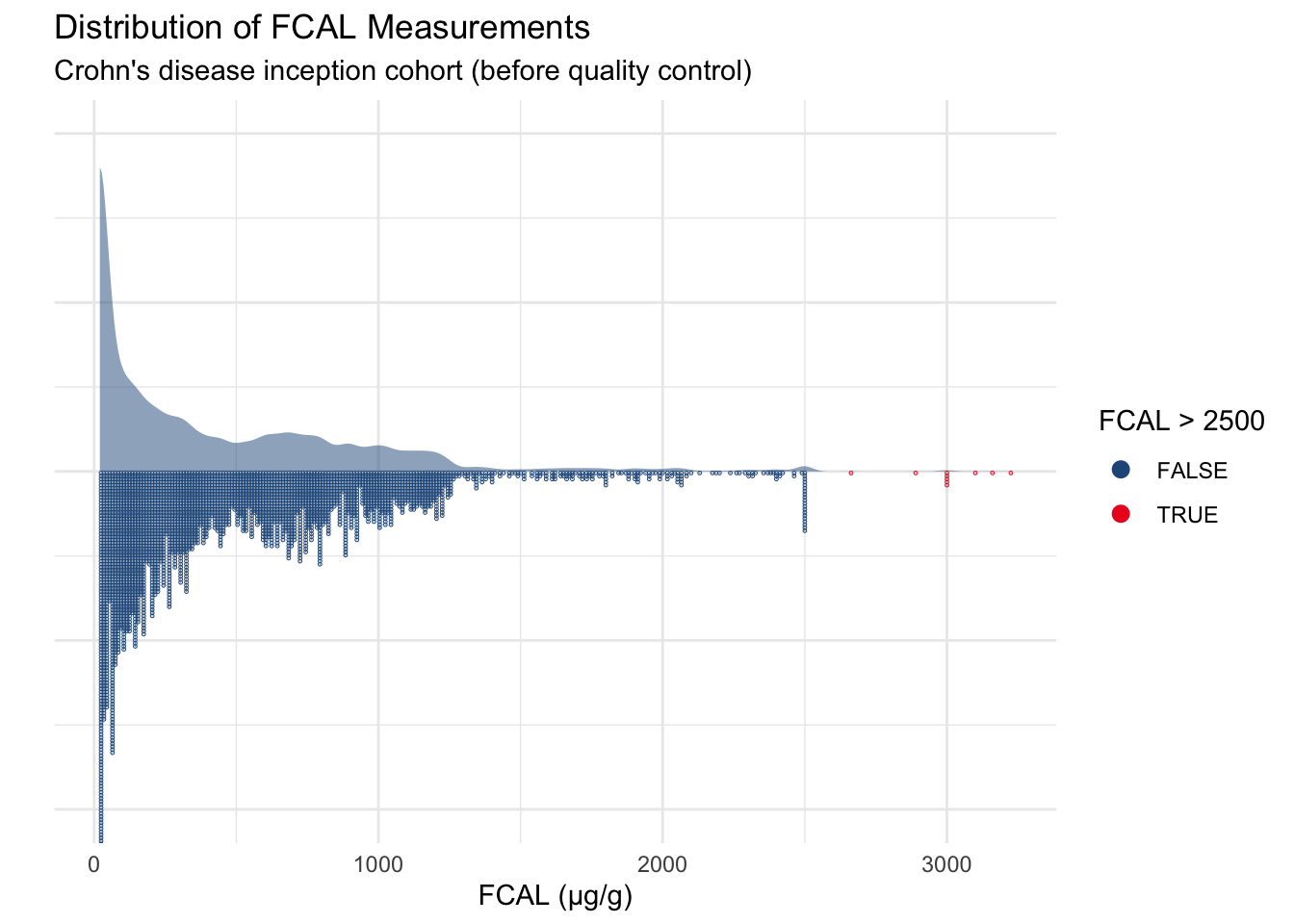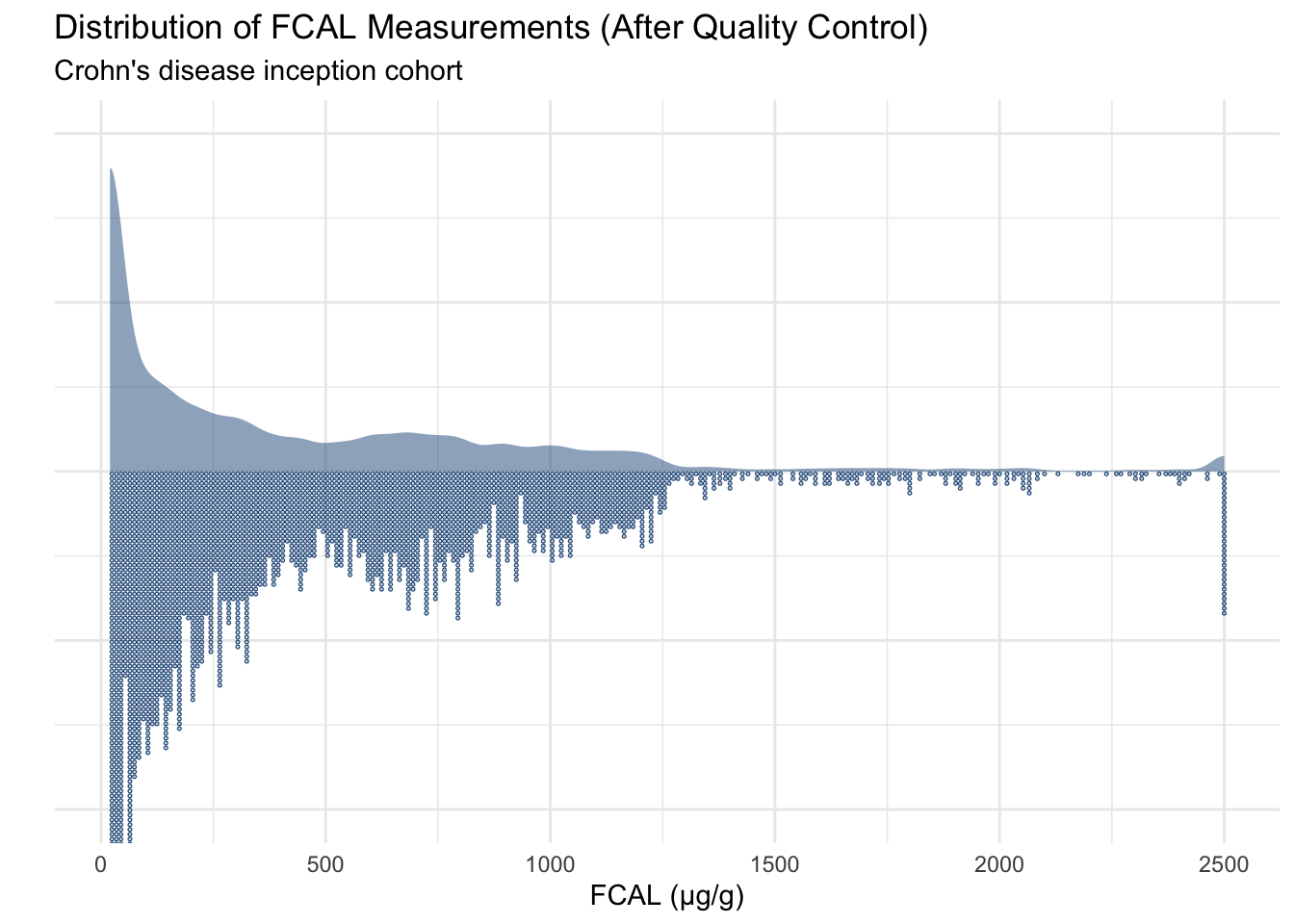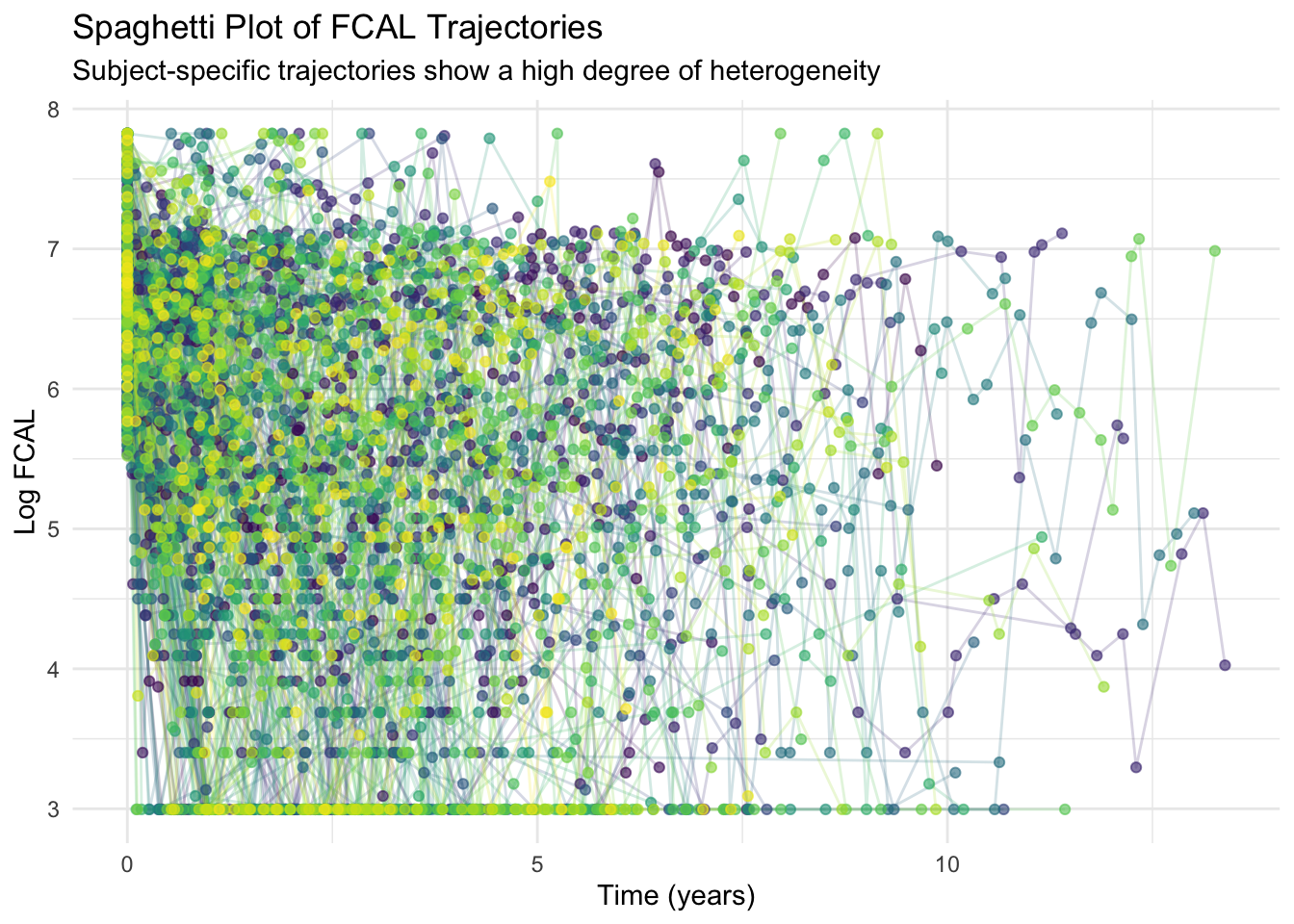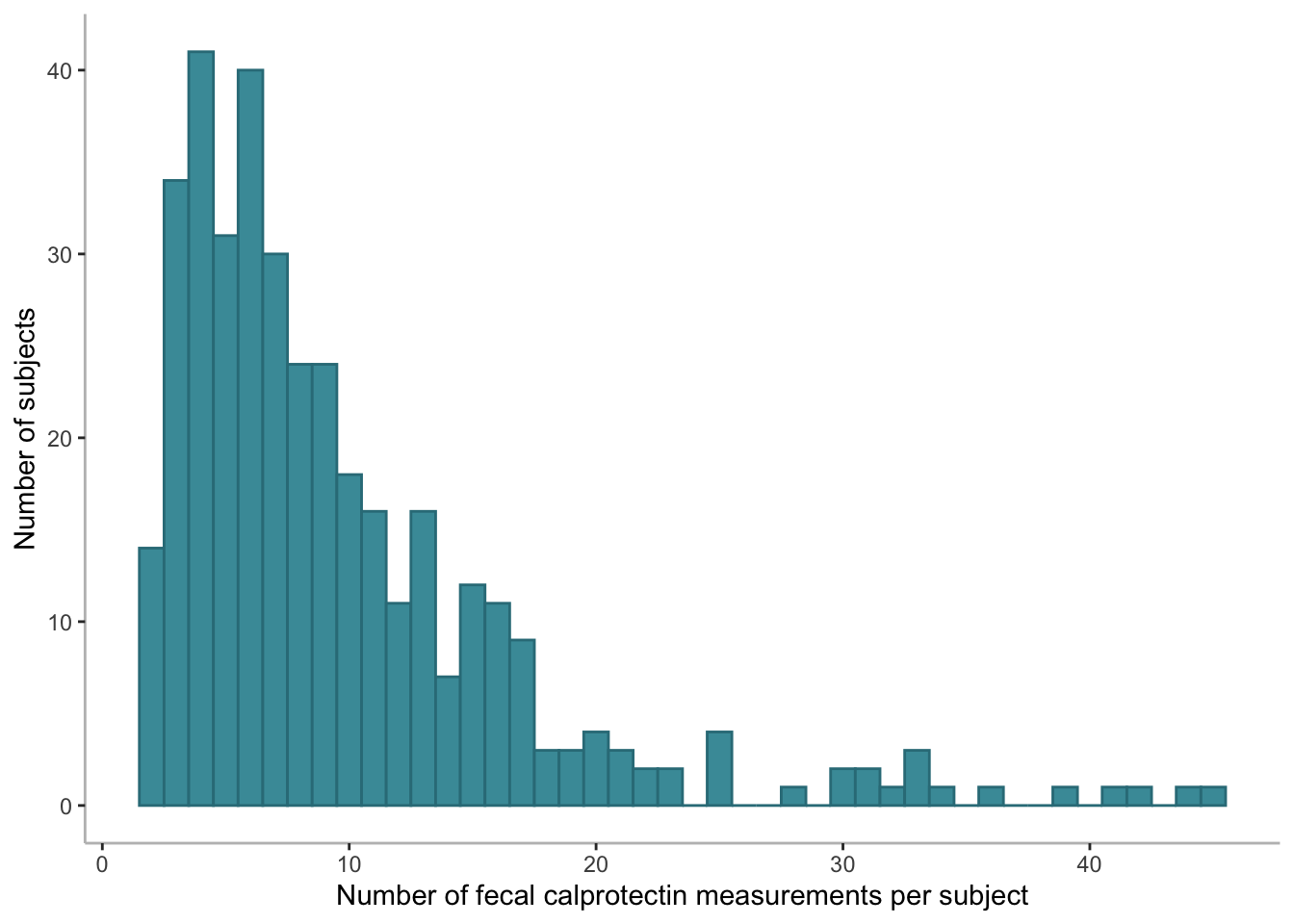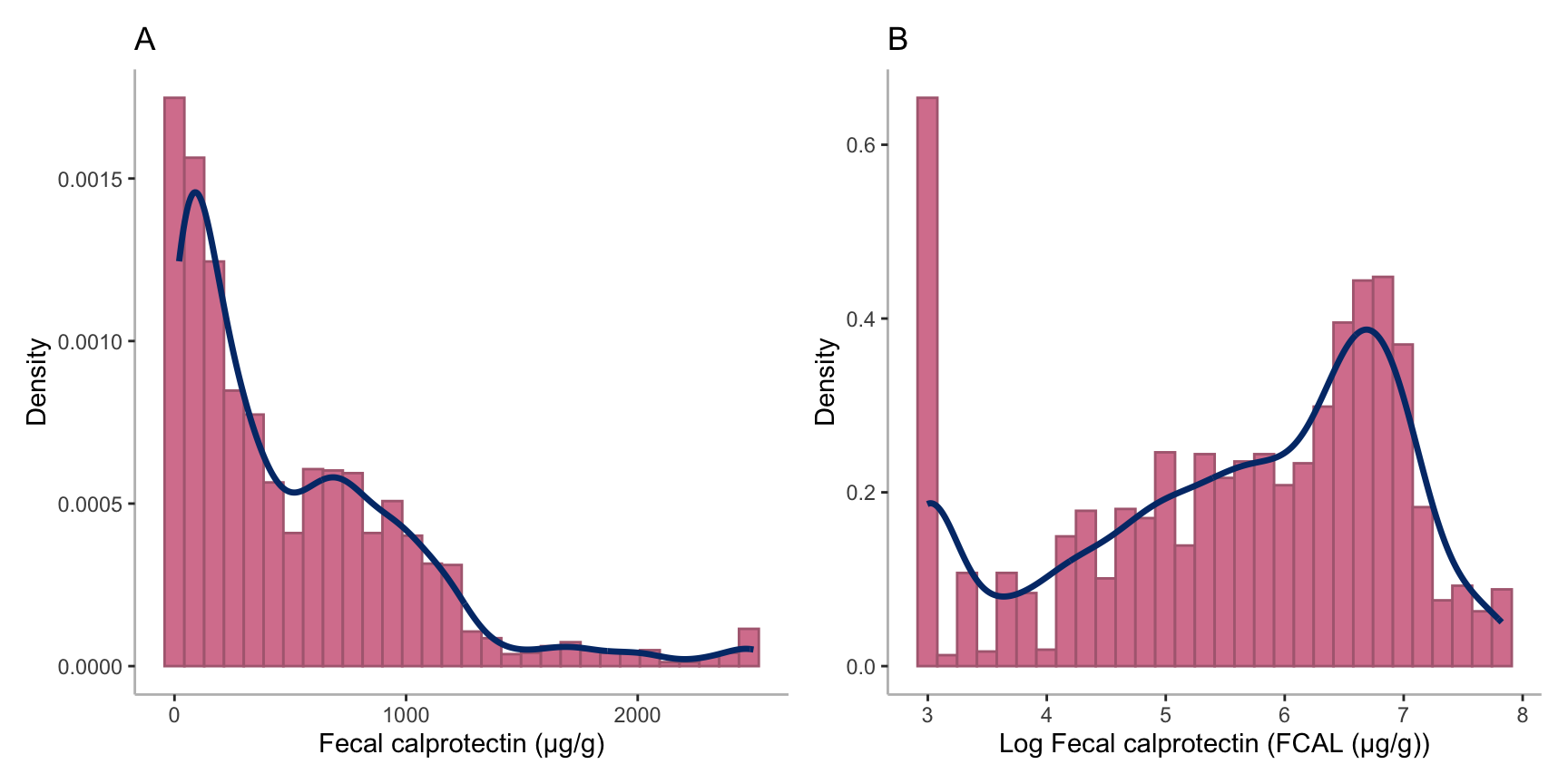R version 4.3.2 (2023-10-31)
Platform: aarch64-apple-darwin20 (64-bit)
locale: en_GB.UTF-8||en_GB.UTF-8||en_GB.UTF-8||C||en_GB.UTF-8||en_GB.UTF-8
attached base packages: stats, graphics, grDevices, utils, datasets, methods and base
other attached packages: viridis(v.0.6.4), viridisLite(v.0.4.2), pander(v.0.6.5), patchwork(v.1.1.3), datefixR(v.1.6.0.9000), ggdist(v.3.3.0), lubridate(v.1.9.3), forcats(v.1.0.0), stringr(v.1.5.1), dplyr(v.1.1.4), purrr(v.1.0.2), readr(v.2.1.4), tidyr(v.1.3.0), tibble(v.3.2.1), ggplot2(v.3.4.4) and tidyverse(v.2.0.0)
loaded via a namespace (and not attached): rappdirs(v.0.3.3), utf8(v.1.2.4), generics(v.0.1.3), xml2(v.1.3.5), stringi(v.1.8.1), hms(v.1.1.3), digest(v.0.6.33), magrittr(v.2.0.3), evaluate(v.0.23), grid(v.4.3.2), timechange(v.0.2.0), fastmap(v.1.1.1), jsonlite(v.1.8.7), gridExtra(v.2.3), httr(v.1.4.7), rvest(v.1.0.3), fansi(v.1.0.5), scales(v.1.2.1), textshaping(v.0.3.7), httr2(v.1.0.0), cli(v.3.6.1), rlang(v.1.1.2), munsell(v.0.5.0), withr(v.2.5.2), yaml(v.2.3.7), tools(v.4.3.2), tzdb(v.0.4.0), colorspace(v.2.1-0), vctrs(v.0.6.4), R6(v.2.5.1), lifecycle(v.1.0.4), htmlwidgets(v.1.6.3), clisymbols(v.1.2.0), ragg(v.1.2.6), pkgconfig(v.2.0.3), pillar(v.1.9.0), gtable(v.0.3.4), Rcpp(v.1.0.11), glue(v.1.6.2), systemfonts(v.1.0.5), xfun(v.0.41), tidyselect(v.1.2.0), knitr(v.1.45), farver(v.2.1.1), htmltools(v.0.5.7), labeling(v.0.4.3), rmarkdown(v.2.25), compiler(v.4.3.2), quadprog(v.1.5-8) and distributional(v.0.3.2)
